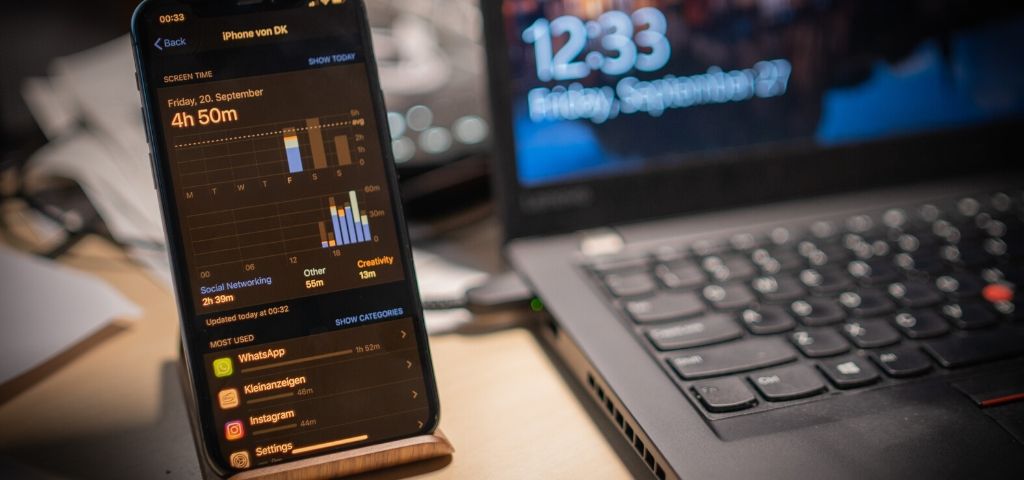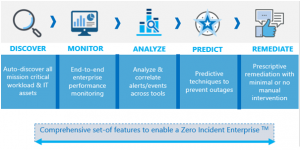
Analyze


Have you heard of AIOps?
Artificial intelligence for IT operations (AIOps) is an umbrella term for the application of Big Data Analytics, Machine Learning (ML) and other Artificial Intelligence (AI) technologies to automate the identification and resolution of common Information Technology (IT) problems. The systems, services and applications in a large enterprise produce immense volumes of log and performance data. AIOps uses this data to monitor the assets and gain visibility into the working behaviour and dependencies between these assets.
According to a Gartner study, the adoption of AIOps by large enterprises would rise to 30% by 2023.
ZIF is an AIOps based TechOps platform that enables proactive detection and remediation of incidents helping organizations drive towards a ZIF.
ZIF comprises of 5 modules, as outlined below.

At the heart of ZIF, lies its Analyze and Predict (A&P) modules which are powered by Artificial Intelligence and Machine Learning techniques. From the business perspective, the primary goal of A&P would be 100% availability of applications and business processes.
Come, let us understand more about the Analyze function of ZIF.
With Analyzehaving a Big Data platform under its hood, volumes of raw monitoring data, both structured and unstructured, can be ingested and grouped to build linkages and identify failure patterns.
The module processes a wide range of data from varied data sources to break siloes while providing insights, exposing anomalies and highlighting risks across the IT landscape. It increases productivity and efficiency through actionable insights.
Eliminates duplicate incidents, false positives and any alerts that are insignificant. This also helps reduce the Mean-Time-To-Resolution and event-to-incident ratio.
Data from various sources are ingested real-time into ZIF either by push or pull mechanism. As the data is ingested, labelling algorithms are run to label the data based on identifiers. The labelled data is passed through the correlation engine where unsupervised algorithms are run to mine the patterns. Sub-sequence mining algorithms help in identifying unique patterns from the data.
Unique patterns identified are clustered using clustering algorithms to form cases. Every case that is generated is marked by a unique case id. As part of the clustering process, seasonality aspects are checked from historical transactions to derive higher accuracy of correlation.
Correlation is done based on pattern recognition, helping to eliminate the need for relational CMDB from the enterprise. The accuracy of the correlation increases as patterns reoccur. Algorithms also can unlearn patterns based on the feedback that can be provided by actions taken on correlation. As these are unsupervised algorithms, the patterns are learnt with zero human intervention.
Analyze module helps in identifying the root causes of incidents even when they occur in different silos. Combination of correlation algorithms with unsupervised deep learning techniques aid in accurately nailing down the root causes of incidents/problems. Learnings from historical incidents are also applied to find root causes in real-time. The platform retraces the user journeys step-by-step to identify the exact point where an error occurs.
For more detailed information on ZIF Analyze, or to request a demo please visit zif.ai/products/analyze
References: www.gartner.com/smarterwithgartner/how-to-get-started-with-aiops

“Vasu heads Engineering function for A&P. He is a Digital Transformation leader with ~20 years of IT industry experience spanning across Product Engineering, Portfolio Delivery, Large Program Management etc. Vasu has designed and delivered Open Systems, Core Banking, Web / Mobile Applications etc.“
Please complete the form details and a customer success representative will reach out to you shortly to schedule the demo. Thanks for your interest in ZIF!